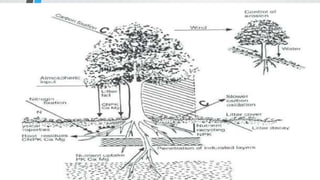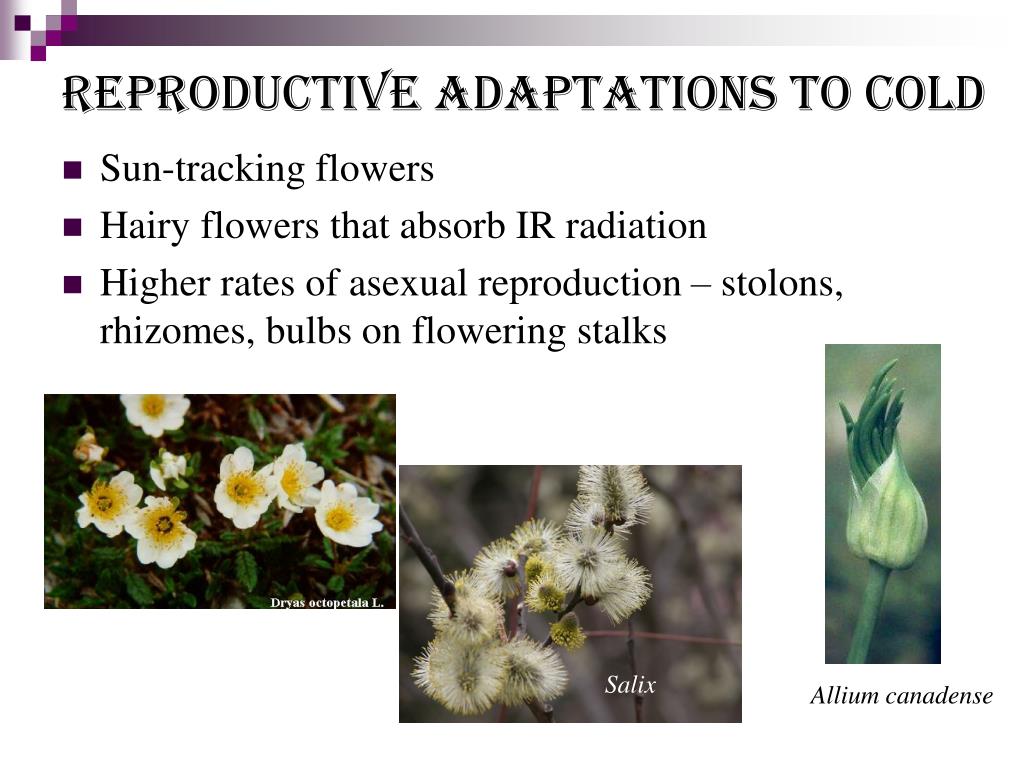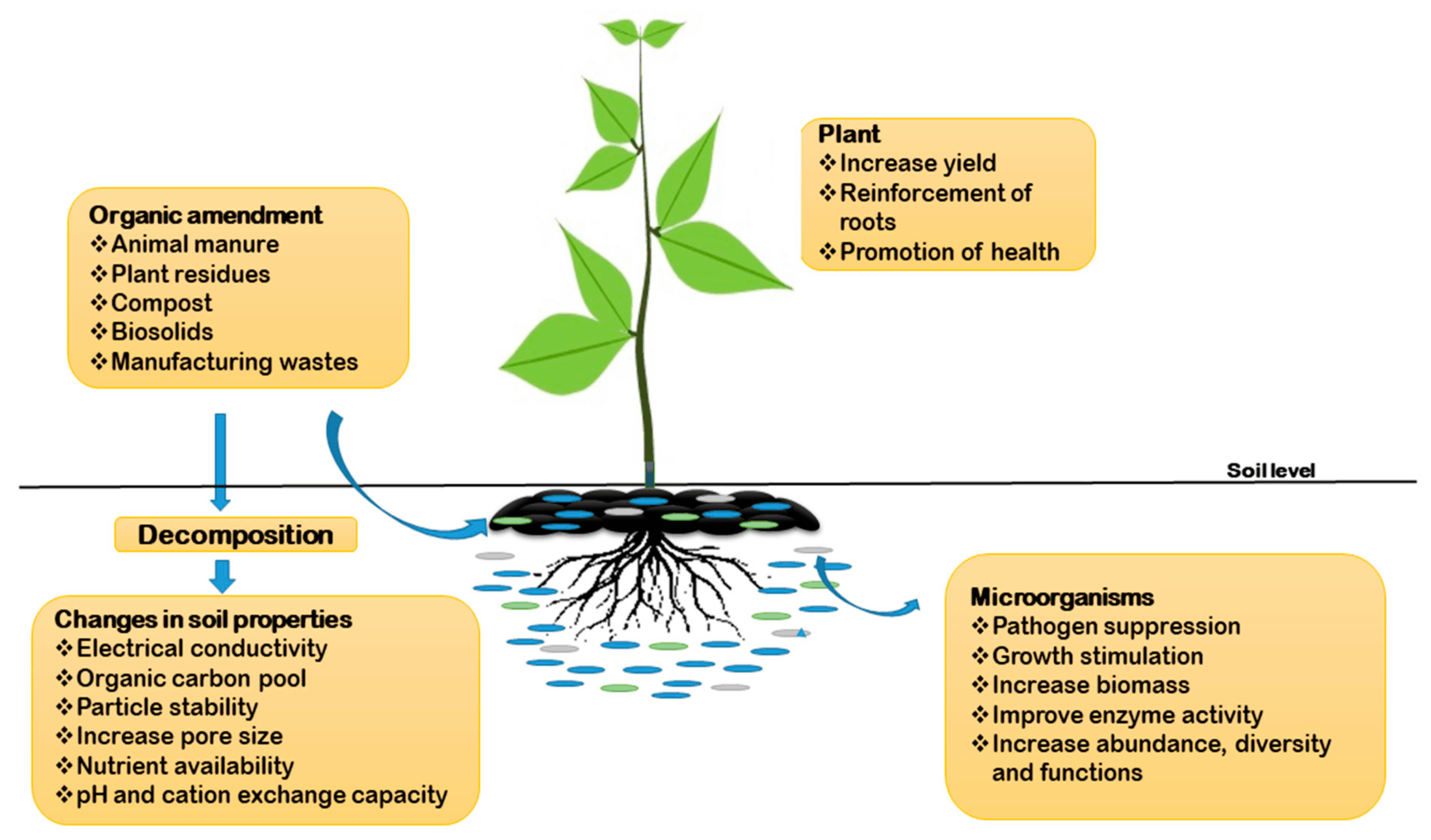
Introduction: The Unseen Symphony of Life
Have you ever stopped to consider the intricate dance happening beneath your feet, the silent ballet that fuels the vibrant green of the world around us? It’s a dance of elements, a constant exchange, and a fundamental process known as plant nutrient cycling. This process, often unseen and taken for granted, is the very lifeblood of ecosystems, ensuring the continued growth, survival, and flourishing of plants and, by extension, all life that depends on them. This article endeavors to pull back the curtain, revealing the complexities and importance of plant nutrient cycling, from the soil to the sky and back again.
Think about a lush forest, a sprawling meadow, or even your own garden. What makes these places so rich and teeming with life? The answer, in large part, lies in the efficiency and effectiveness of nutrient cycling. It’s a continuous loop, a recycling program orchestrated by nature, where essential elements are absorbed, utilized, transformed, and ultimately returned to the environment, ready to begin the cycle anew. Without this process, the world would be a barren place, unable to support the diverse and thriving ecosystems we know and love.
The Key Players: The Elements of Life
Before we delve into the mechanics of nutrient cycling, let’s meet the key players – the essential elements that make up the building blocks of plant life. These are the nutrients that plants require in varying amounts to grow, develop, and reproduce. They can be broadly categorized into two groups: macronutrients and micronutrients.
- Macronutrients: These are needed in relatively large quantities. They include:
- Nitrogen (N): A crucial component of chlorophyll, proteins, and enzymes, essential for plant growth and green leaf production.
- Phosphorus (P): Vital for root development, energy transfer, and seed production.
- Potassium (K): Plays a role in water regulation, enzyme activation, and disease resistance.
- Calcium (Ca): Important for cell wall structure and cell division.
- Magnesium (Mg): A central component of chlorophyll and involved in enzyme activation.
- Sulfur (S): A component of some amino acids and proteins.
- Micronutrients: These are needed in smaller quantities, but are equally important. They include:
- Iron (Fe): Essential for chlorophyll synthesis and enzyme function.
- Manganese (Mn): Involved in photosynthesis and enzyme activation.
- Zinc (Zn): Plays a role in enzyme activity and growth hormone production.
- Copper (Cu): Involved in photosynthesis and enzyme function.
- Boron (B): Important for cell wall development and sugar transport.
- Molybdenum (Mo): Involved in nitrogen metabolism.
- Chlorine (Cl): Involved in photosynthesis and water balance.
- Nickel (Ni): Involved in nitrogen metabolism.
These elements, though diverse in their roles, work together in a complex and coordinated manner to support plant life. Their availability and cycling are critical for ecosystem health and productivity.
The Cycle Unfolds: A Step-by-Step Journey
Now, let’s follow the journey of these essential nutrients as they cycle through the environment. The process can be broken down into several key stages:
1. Weathering and Decomposition: The Release of Nutrients
The story often begins with the breakdown of rocks and minerals, a process called weathering. As rocks erode, they release nutrients like phosphorus and potassium into the soil. Simultaneously, organic matter, such as dead plant material and animal waste, undergoes decomposition. This is where the unsung heroes of the soil – the decomposers – come in. These organisms, including bacteria, fungi, and invertebrates, break down complex organic compounds, releasing nutrients in a form that plants can absorb. This stage is crucial, as it provides the initial pool of nutrients for the cycle.
2. Absorption: Plants Take Up the Good Stuff
Once nutrients are released into the soil, plants absorb them through their roots. This process is not passive; plants actively transport nutrients across their root cell membranes, often with the help of specialized proteins. The efficiency of absorption is influenced by several factors, including soil pH, temperature, and the presence of other nutrients. Think of it like a well-stocked buffet, where plants pick and choose what they need to thrive.
3. Utilization: Putting Nutrients to Work
Inside the plant, the absorbed nutrients are put to work, performing various functions. Nitrogen is used to build proteins, phosphorus for energy transfer, and potassium for regulating water balance. These nutrients become integral components of the plant’s tissues, contributing to its growth, development, and overall health. It’s the plant’s way of converting raw materials into the building blocks of life.
4. Return to the System: The Cycle Continues
Eventually, the plant will die or shed parts of itself, such as leaves or fruits. When this happens, the nutrients stored within the plant tissues are returned to the soil through decomposition. This completes the cycle, making the nutrients available once again for other plants or, in some cases, for the same plant in a future season. This cycle is not always perfectly closed; some nutrients can be lost from the system through processes like leaching (when nutrients are washed away by water) or volatilization (when nutrients are released into the atmosphere as gases). However, in a healthy ecosystem, the cycling process is generally efficient and sustainable.
The Nitrogen Cycle: A Special Case
Nitrogen deserves special attention because it is often the most limiting nutrient in terrestrial ecosystems. The nitrogen cycle is a complex biogeochemical cycle that transforms nitrogen between different chemical forms. It involves several key processes:
- Nitrogen Fixation: The conversion of atmospheric nitrogen gas (N2), which plants cannot directly use, into ammonia (NH3) or ammonium (NH4+). This is primarily carried out by nitrogen-fixing bacteria, which live in the soil or in symbiotic relationships with plant roots (e.g., in legumes).
- Nitrification: The conversion of ammonia to nitrite (NO2-) and then to nitrate (NO3-), a form of nitrogen that plants can readily absorb. This process is carried out by nitrifying bacteria.
- Assimilation: The uptake of nitrate or ammonium by plants and their incorporation into organic molecules like proteins and nucleic acids.
- Ammonification: The conversion of organic nitrogen compounds (from dead plants and animals) back into ammonia. This is performed by decomposers.
- Denitrification: The conversion of nitrate back into nitrogen gas, which is released into the atmosphere. This process is carried out by denitrifying bacteria under anaerobic (oxygen-poor) conditions.
The nitrogen cycle is a delicate balance, and human activities, such as the use of nitrogen fertilizers, can disrupt this balance, leading to environmental problems like water pollution and greenhouse gas emissions.
The Phosphorus Cycle: A Slow and Steady Process
The phosphorus cycle, unlike the nitrogen cycle, does not involve a significant atmospheric component. Instead, it is a relatively slow and steady process, primarily driven by the weathering of rocks and the decomposition of organic matter.
- Weathering: The release of phosphorus from rocks and minerals.
- Absorption: Plants absorb phosphorus in the form of phosphate ions (PO43-) from the soil.
- Utilization: Phosphorus is used in various plant functions, including energy transfer and the formation of nucleic acids.
- Decomposition: When plants and animals die, phosphorus is released back into the soil through decomposition.
- Sedimentation: Phosphorus can be transported by water and eventually settle in sediments, where it can remain locked up for long periods, making it unavailable to plants.
Phosphorus is often a limiting nutrient in many ecosystems, and its availability can influence plant growth and ecosystem productivity.
The Carbon Cycle: The Foundation of Life
While this article primarily focuses on nutrient cycling in the context of plant growth, it’s crucial to acknowledge the interconnectedness of all biogeochemical cycles. The carbon cycle, for instance, is inextricably linked to nutrient cycling. Carbon, the backbone of all organic molecules, is constantly cycled through the environment through processes like:
- Photosynthesis: Plants absorb carbon dioxide (CO2) from the atmosphere and convert it into sugars, using sunlight as energy.
- Respiration: Plants and animals release CO2 back into the atmosphere through respiration, the process of breaking down sugars to release energy.
- Decomposition: Decomposers break down organic matter, releasing CO2 back into the atmosphere.
- Combustion: The burning of fossil fuels (coal, oil, and natural gas) and biomass releases CO2 into the atmosphere.
The carbon cycle is closely linked to the nitrogen and phosphorus cycles, as carbon provides the energy and structural framework for these cycles to function. Changes in the carbon cycle, particularly due to human activities, can have profound effects on nutrient cycling and ecosystem health.
Factors Influencing Nutrient Cycling: The Ecosystem’s Orchestra
Several factors influence the efficiency and rate of nutrient cycling within an ecosystem. These factors act as conductors, guiding the orchestra of life:
- Climate: Temperature and rainfall play a significant role. Warmer temperatures generally speed up decomposition and nutrient release, while excessive rainfall can lead to nutrient leaching.
- Soil Type: Soil texture, structure, and pH influence nutrient availability and the activity of decomposers. For example, sandy soils drain quickly, potentially leading to nutrient loss, while clay soils can retain nutrients.
- Vegetation: The types of plants present influence nutrient cycling. Different plant species have different nutrient requirements and decomposition rates. Forests, for instance, often have more efficient nutrient cycling than grasslands.
- Decomposers: The abundance and diversity of decomposers (bacteria, fungi, and invertebrates) are critical for breaking down organic matter and releasing nutrients.
- Human Activities: Human activities, such as deforestation, agriculture, and the use of fertilizers, can significantly alter nutrient cycling processes, often with negative consequences.
Understanding these factors is crucial for managing ecosystems and mitigating the impacts of human activities on nutrient cycling.
Human Impacts: Disrupting the Balance
Human activities have profoundly altered nutrient cycling processes, often leading to imbalances and environmental problems.
- Agriculture: Intensive agriculture often relies on the use of synthetic fertilizers, which can lead to nutrient runoff, polluting waterways and causing eutrophication (excessive nutrient enrichment) in lakes and coastal areas. Over-application of fertilizers can also lead to soil degradation and greenhouse gas emissions.
- Deforestation: Removing forests disrupts nutrient cycling by reducing the input of organic matter to the soil and increasing the risk of soil erosion and nutrient loss.
- Industrial Activities: Industrial processes can release pollutants, such as nitrogen oxides and sulfur dioxide, into the atmosphere, which can then be deposited in the soil and water, altering nutrient cycles and damaging ecosystems.
- Climate Change: Climate change can exacerbate existing problems by altering temperature and rainfall patterns, which can affect decomposition rates, nutrient availability, and the distribution of plant species.
These human impacts highlight the need for sustainable practices and responsible stewardship of our planet’s resources.
The Importance of Nutrient Cycling: Why It Matters
The significance of plant nutrient cycling extends far beyond the simple growth of plants. It is a fundamental process that underpins the health and stability of entire ecosystems. Here’s why it’s so important:
- Ecosystem Productivity: Nutrient cycling is essential for maintaining high levels of primary productivity, the rate at which plants convert sunlight into energy through photosynthesis. This, in turn, supports the entire food web, from herbivores to carnivores.
- Biodiversity: A healthy nutrient cycle promotes a diverse range of plant species, which provides habitats for a wide variety of animals and other organisms.
- Soil Health: Nutrient cycling contributes to soil fertility and structure, which is essential for plant growth and water retention.
- Water Quality: Efficient nutrient cycling helps to prevent nutrient runoff and water pollution, protecting aquatic ecosystems and human water supplies.
- Climate Regulation: Nutrient cycling plays a role in regulating the carbon cycle, which is crucial for mitigating climate change.
In essence, plant nutrient cycling is the engine that drives the planet’s ecosystems, supporting life in all its forms.
Conservation and Management: Protecting the Cycle
Protecting and managing nutrient cycling is crucial for ensuring the long-term health and sustainability of our planet. Here are some strategies for promoting healthy nutrient cycles:
- Sustainable Agriculture: Implementing practices such as crop rotation, cover cropping, and reduced tillage can help to improve soil health, reduce fertilizer use, and minimize nutrient runoff.
- Forest Management: Practicing sustainable forestry, which involves careful harvesting and replanting, can help to maintain nutrient cycling in forest ecosystems.
- Restoration: Restoring degraded ecosystems, such as wetlands and grasslands, can help to improve nutrient cycling and biodiversity.
- Reducing Pollution: Reducing pollution from industrial activities and agriculture can help to minimize the disruption of nutrient cycles.
- Education and Awareness: Educating the public about the importance of nutrient cycling can help to promote responsible stewardship of our planet’s resources.
By adopting these strategies, we can help to safeguard the intricate dance of life that is plant nutrient cycling, ensuring a healthy and sustainable future for all.
Conclusion: A Call to Action
Plant nutrient cycling is a fundamental process that underpins the health and stability of ecosystems. It is a complex and intricate dance of elements, a silent symphony that sustains life. Understanding the principles of nutrient cycling, the key players involved, and the factors that influence the process is essential for managing ecosystems and mitigating the impacts of human activities. By adopting sustainable practices and promoting responsible stewardship of our planet’s resources, we can help to protect this vital process and ensure a healthy and sustainable future for all. Let us all become stewards of the cycle, working together to protect the lifeblood of our planet.



